 Date: 2009-10-25 12:15:33Batrachochytrium dendrobatidis Chytridiomycota Atelopus varius Chytridiomycosis Decline in amphibian populations Ranavirus Atelopus Amphibian Conservation biology Biology Toads Frogs | |  Journal of Wildlife Diseases, 45(2), 2009, pp. 537–541 # Wildlife Disease Association 2009 Lack of Evidence for the Drought-linked Chytridiomycosis Hypothesis Kerry M. Kriger Centre for Innovative Conservation Strategi Journal of Wildlife Diseases, 45(2), 2009, pp. 537–541 # Wildlife Disease Association 2009 Lack of Evidence for the Drought-linked Chytridiomycosis Hypothesis Kerry M. Kriger Centre for Innovative Conservation Strategi
Add to Reading ListSource URL: www.savethefrogs.comDownload Document from Source Website File Size: 132,16 KBShare Document on Facebook
|

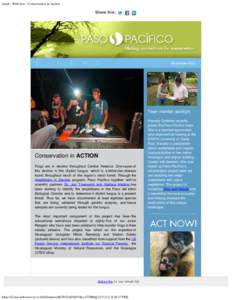
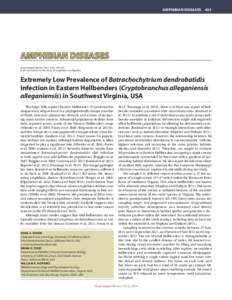
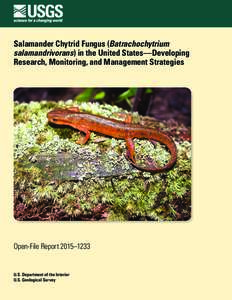
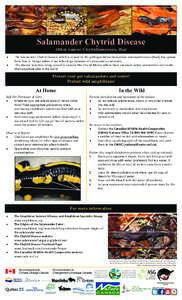
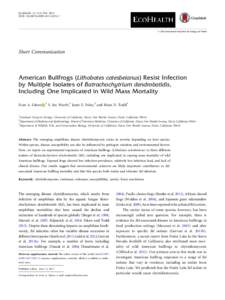
 Journal of Wildlife Diseases, 45(2), 2009, pp. 537–541 # Wildlife Disease Association 2009 Lack of Evidence for the Drought-linked Chytridiomycosis Hypothesis Kerry M. Kriger Centre for Innovative Conservation Strategi
Journal of Wildlife Diseases, 45(2), 2009, pp. 537–541 # Wildlife Disease Association 2009 Lack of Evidence for the Drought-linked Chytridiomycosis Hypothesis Kerry M. Kriger Centre for Innovative Conservation Strategi